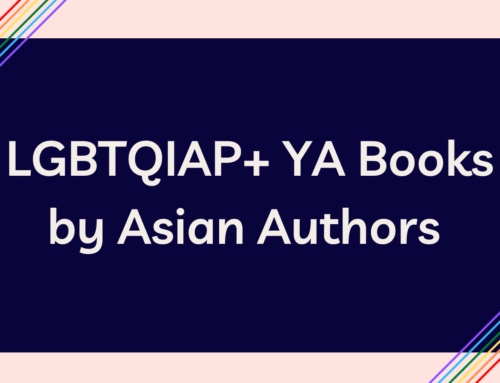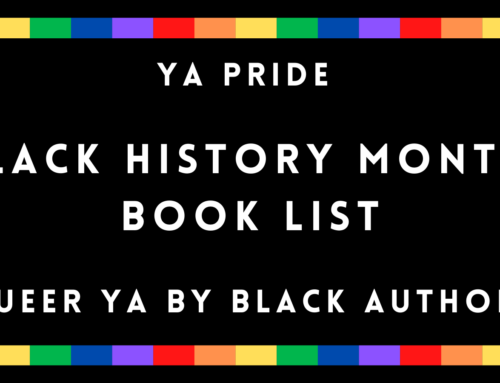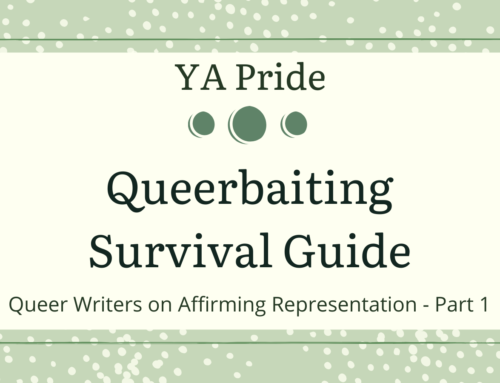by Angie Manfredi
Last year, I chose Alex London’s YA dystopian thriller Proxy as my teen book club’s selection. This meant my library would purchase multiple copies, many teens would read it, and then we would Skype with Alex to talk about it. Why did I choose Proxy? Well, partially because it’s superb YA: a well-written, engaging, fast-paced read that asks interesting questions about debt and income inequality. But I also partially chose it because it has a gay, biracial lead character and the author is a gay man. I wanted my teen readers to experience a swashbuckling gay lead, come to root for him and be on his side. I wanted my teen readers, straight and queer, to have a window and a door thanks to Proxy. We all know books can do that. But one of the most important follow-ups is that, for many teens, it will take the help of an adult to find these books. And that’s where librarians can and should step in.
I’ve worked in a public library directly with children and teens for the past eight years. In that time, it’s been my great joy to help many teens find characters like themselves for the first time in fiction and non-fiction. Over the years, teens have found me at the public library to ask for recommendations for queer books in a number of ways but the number one has just been letting my community know that I am an ally. How have I done that? How can YOU, as a librarian, let your patrons and community know that you are an ally and make your library a welcoming place for queer teens? Here’s some tips to get you started.
- Fill your collection with books with queer content. I know, seems simple but it’s the first and best step. You might be worried there’s no audience for these books and they’ll never circulate. But there are teens in your community who need them as their doors and windows. So buy them. It’s really that simple. If you work in a conservative community or a school and are worried about pushback, start with books that are award-winners and positively reviewed: this will give you grounds to justify the purchase. The Stonewall Award and Lambda Literary Award both have children’s and YA award lists and there’s The Rainbow List for a recommended list of reads.
- Integrate queer content with all of your displays and booklists. Are you making a list of great romances? Make sure you include a title with queer content. Are you making a display of amazing summer reads? Add something with a queer character. Making sure that you include queer titles alongside all your recommended reads lets teens who may not ever be brave enough to approach you know that not only do books with queer content exist in your collection but are recommended and appreciated by you, the adult who knows books. This really counts. And it can help straight teens work towards being better allies too as they expand their reading world. This is why I chose Proxy as a book club book – we should work towards seamless and constant integration of queer YA alongside all our programs, displays, and booklists.
- Think about including booklists inside books with queer content. This might not be right for every library, but if you slip in a list of read-alike “If You Like This Book, Try….” inside well known queer YA like books by David Levithan or The Bane Chronicles you have a chance to reach out to patrons who, again, might be uncomfortable talking to an adult for a request like this.
- Try to reach out to your local Gay/Straight Alliance or any queer youth groups. Ask if you can provide outreach and if they’re interested in hearing booktalks. This can be a great way to let adults and teens know that the library is a safe space and has material for them. Look at the GSA Network for more information and resources.
- Make your library a safe space. Much like my library code of conduct does not allow for vulgar language, I do not allow for abusive language of any kind. If I hear teens using any kind of slurs, I step in and let them know that’s not how we speak to each other in the library and, in fact, that we shouldn’t speak to each other that way ANYWHERE. Yeah, that can be awkward, but it can also open a dialogue. I have also created posters for our teen space from ThinkB4YouSpeak, a public education campaign from GLSEN. Both these sites have good information for educators and I recommend librarians and teachers read them. GLSEN even has a Safe Space kit, including a sticker you can print out to show your library/office is a safe space.
When my teen readers heard Alex London talk about how he wrote Proxy because he wanted to see a hero like himself, the kind of hero he wanted to be – one who was dashing and had adventures and was also gay, I could see their eyes light up. I knew there were queer kids and straight kids in that room and I knew in that moment doors and windows were opening wide and, yeah, lives were being changed. As librarians, we can help make that change.
It was something as simple as a story but it was so much more.
—
Angie Manfredi is the Head of Youth Services at the Los Alamos County Library System in Los Alamos, NM. She adores working with children and teens of all ages and still can’t believe they pay her to be a librarian. She is currently serving on the Stonewall Mike Morgan & Larry Romans Children’s & Young Adult Literature Award Committee. You can read more of her writing at Fat Girl, Reading or find her on Twitter @misskubelik. (She wrote this post about talking to your librarian about the #WeNeedDiverseBooks campaign.)




